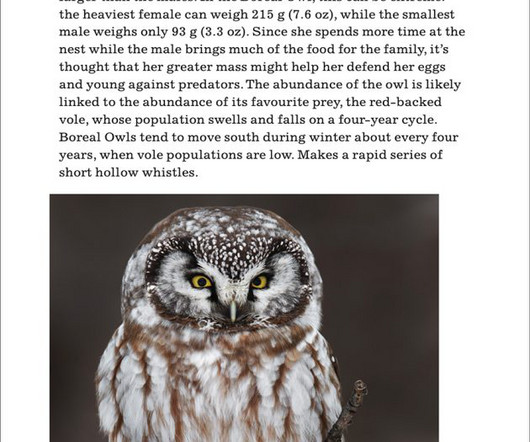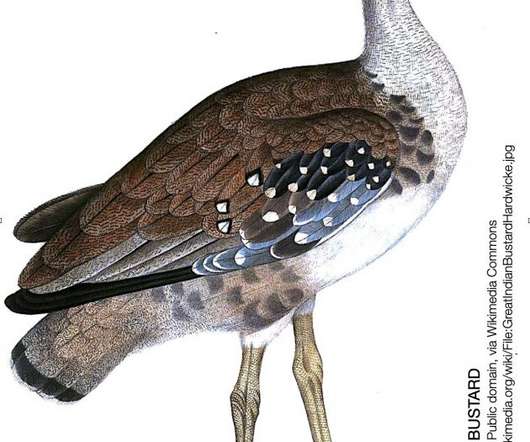Good news for the Wood Stork
10,000 Birds
JULY 3, 2014
Fish and Wildlife Service is down-listing the wood stork from endangered to threatened under the Endangered Species Act (ESA). The wood stork was listed as endangered in 1984, because the Florida population was dropping at an approximate rate of 5 percent per year. Wood storks primarily breed in Central and South Florida.

















Let's personalize your content